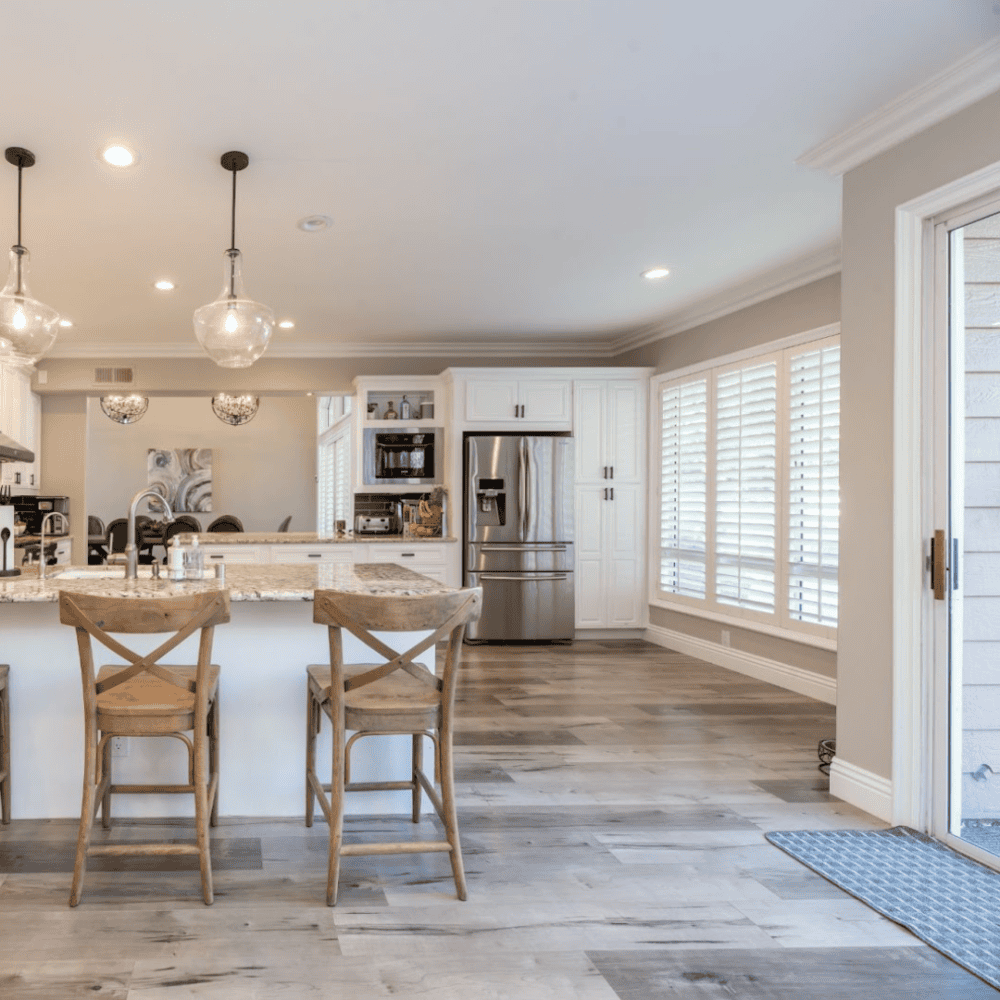How to create a stunning Seaside Garden
Table of Contents
Unravel the secrets of creating a stunning seaside garden, a beautiful and unique type of garden that is generally located with an ocean view near the beach or alternatively a seaside inspired garden theme. This type of garden is designed to thrive in dry conditions and the salty air, but also in sandy soil, and high winds of coastal areas. It features a variety of plants that are adapted to these harsh conditions and can withstand the challenges posed by the coastal environment.
Seaside garden inspirations are popular among homeowners who live near the coast or those who want to bring a touch of the beach into their backyard. They offer a peaceful retreat where you can relax and enjoy the beauty of nature while listening to the sound of crashing waves. Whether you want to create a tropical paradise or a serene coastal oasis, there are plenty of options for designing your own seaside garden.
Why seaside gardens are special
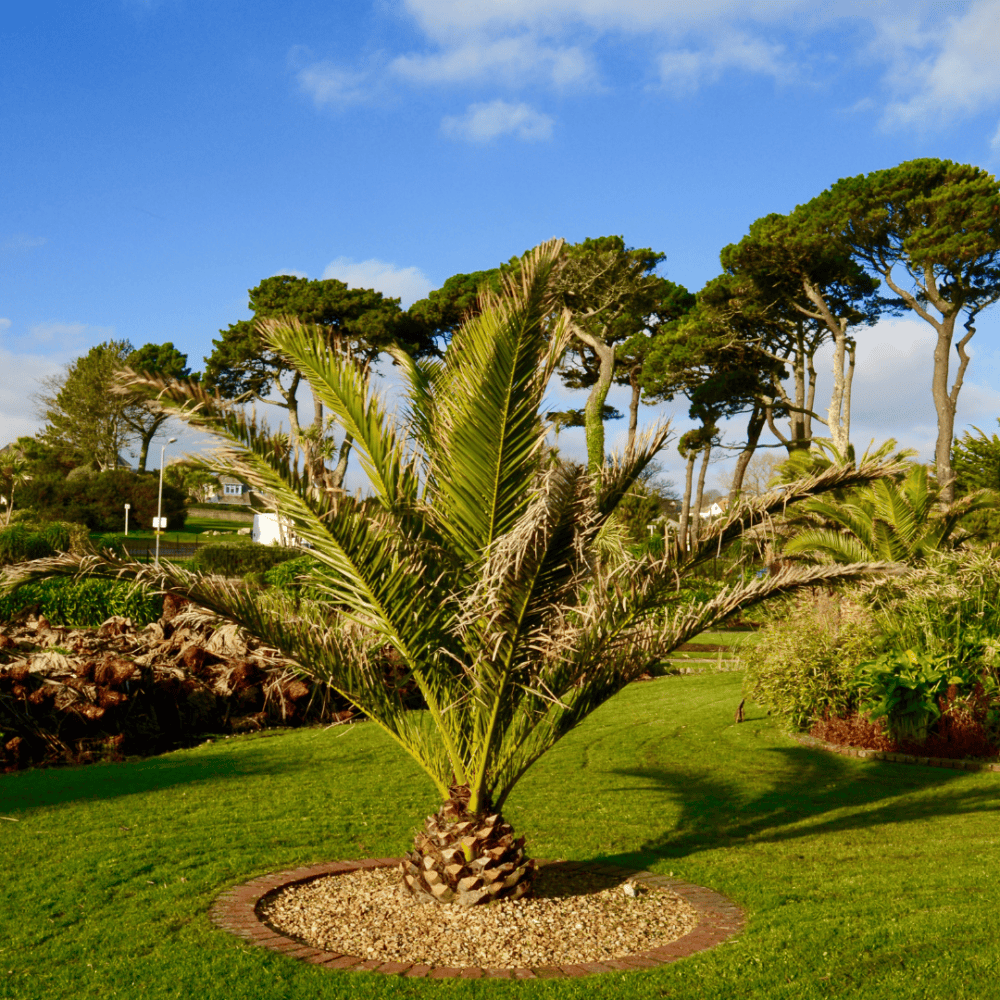
Seaside gardens are a unique and special type of garden that can be situated close to the ocean often as vacation rentals or just a design element for any garden in a small town or city property. They are designed to withstand the harsh coastal conditions, including wind, salt spray, and sandy soil. Seaside gardens offer an opportunity for gardeners to create beautiful landscapes in challenging environments while highlighting the natural beauty of the area.
One reason why a seaside garden is special is that they offer stunning views of the ocean. By incorporating elements such as water features or reflective surfaces into their designs, gardeners can enhance these views, making them a focal point of their garden. Seaside gardens also tend to feature plants that have adapted to living in coastal climates. These plants often have unique characteristics like silver foliage or dramatic shapes that add interest and beauty to any landscape.
Another reason why seaside gardens are special is that they provide habitat for wildlife.
Nautical and beach-inspired accents
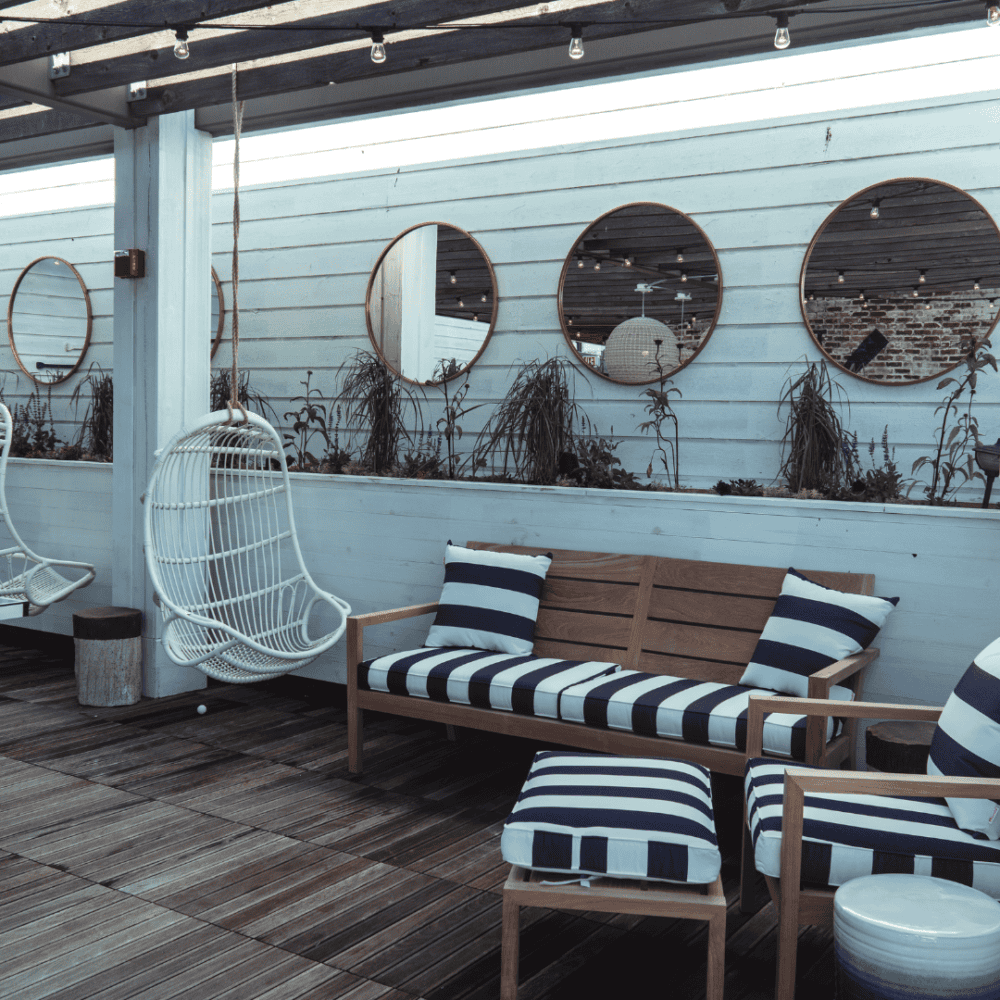
The seaside garden has become increasingly popular in recent years, with many homeowners seeking to bring a touch of the beach to their outdoor spaces. One way to achieve this look is through nautical and beach-inspired accents, which can add a charming and whimsical feel to any garden.
One of the easiest ways to incorporate these accents is through decor pieces such as driftwood sculptures, seashell wind chimes, and lighthouse statues. These items can be placed strategically throughout the garden for maximum impact and can even be used as focal points for specific areas or pathways.
Another option is to incorporate nautical-themed fabrics into outdoor furniture cushions or throw pillows. This could include patterns featuring anchors, sailboats, or coral reefs that will add some color and comfort while also tying in with the overall theme of your seaside garden.
Choosing plants:Consider soil type and salt tolerance
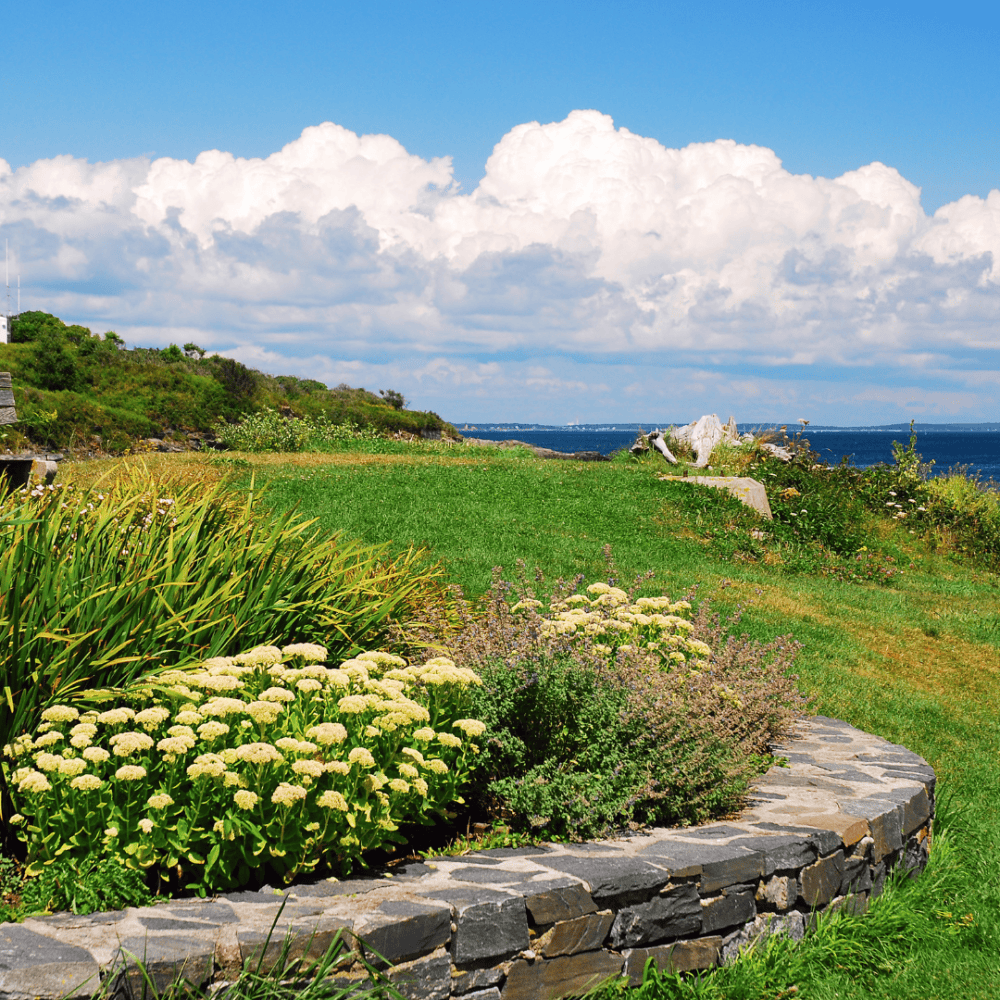
When it comes to designing a seaside garden, choosing the right plants is essential. Not only do you need to consider aesthetic appeal and maintenance requirements, but also the soil type and salt tolerance of your selected plants. This is because salty air can easily damage or kill delicate plants that are not adapted to survive in these conditions.
One of the first things you should do before selecting any plants for your seaside garden is to test your soil. Sandy soils found in coastal regions tend to be low in nutrients and organic matter, which means that they dry out quickly and cannot retain moisture well. Therefore, you should choose drought-tolerant plants that can thrive in sandy soils such as succulents, cacti, or ornamental grasses.
In addition to soil type considerations, you should also select salt-tolerant plants for your seaside garden.
Hardscaping ideas:Using rocks and driftwood accents
One way to enhance the natural beauty of these outdoor spaces is by incorporating hardscaping features, such as rocks and driftwood accents as a seaside garden is a unique and beautiful addition to any landscape.. These materials not only add visual interest but also provide functional benefits, like erosion control and water retention.
Rocks can be used in a variety of ways in a seaside garden. For example, large boulders can be strategically placed to create focal points or borders for flower beds. Smaller rocks can be used as stepping stones through garden paths or as decorative elements in rock gardens. In addition to their aesthetic appeal, rocks also help regulate temperature and retain moisture in the soil.
Driftwood is another popular hardscaping material for seaside gardens. These weathered pieces of wood can be used to create benches, tables, or even sculptures that blend seamlessly into the natural environment.Water features:Adding a pond or fountain.
Nautical decor:Incorporating marine-themed elements

Nautical decor is a great way to bring the ocean into your home. It’s all about creating a seaside feel, with marine-themed elements that give a sense of calm and relaxation. One of the best places to start when it comes to nautical decor is in your garden. A seaside garden can be created anywhere, from small balconies to large yards, and there are plenty of ways to incorporate marine-themed elements.
One idea for a nautical garden is to use seashells as planters. Simply collect some shells from the beach or buy them from a craft store, then fill them with soil and plant small succulents or herbs inside. These mini gardens will add an instant beachy vibe, and they’re perfect for small spaces like window sills or coffee tables.
Another way to incorporate nautical elements into your garden is by using driftwood or reclaimed wood as decoration.
Illuminating your garden at night
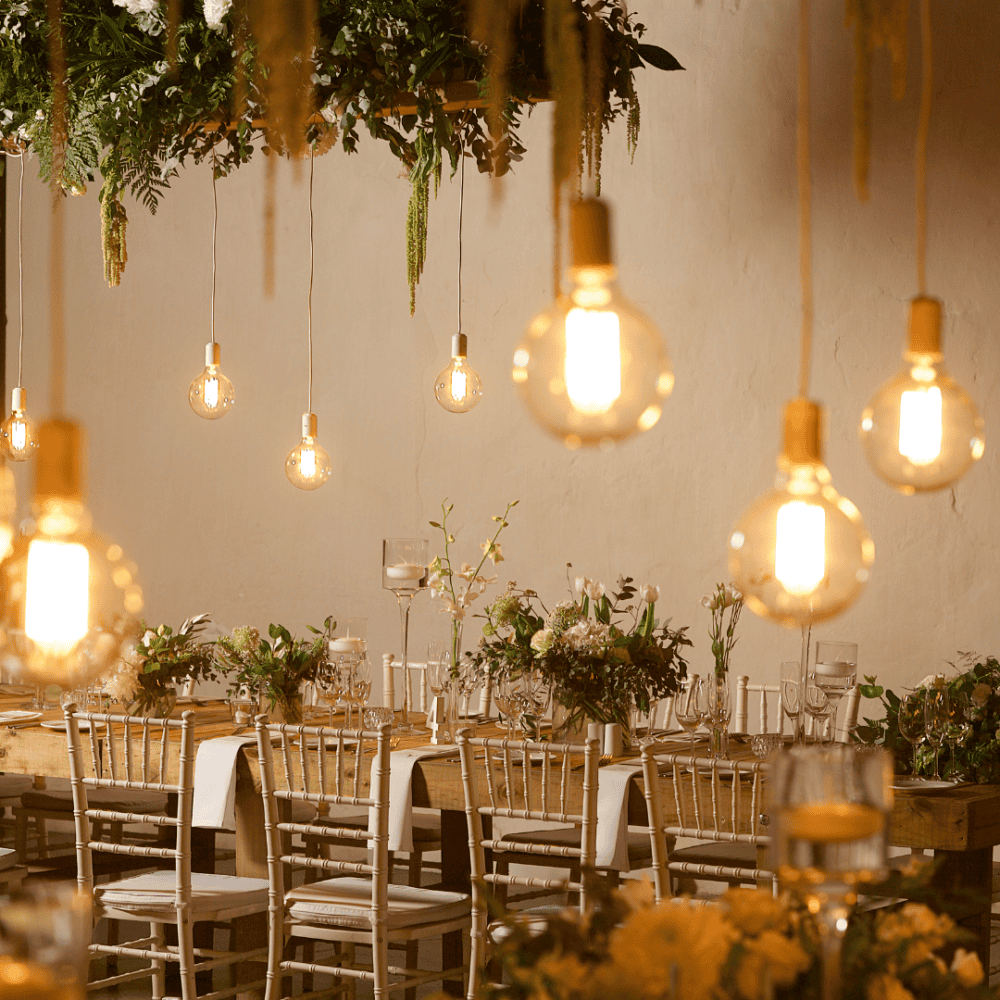
When illuminated at night a seaside garden can be a magical place,. Whether you want to enjoy your garden after dark or create a stunning display for guests, lighting is the key. There are many ways to light up your seaside garden and make it look like a fairy tale wonderland.
One of the best ways to illuminate your seaside garden is with string lights. You can hang them on trees or along fence lines for an enchanting effect. Another option is to use solar-powered stake lights, which are easy to install and provide low-level illumination throughout the entire area. A more dramatic option would be to use spotlights on trees, statues or other features in the garden. These will create a focal point and draw attention to specific areas of your garden.
Overall, illuminating your seaside garden can really add some magic and charm that cannot be created during daylight hours!
Exploring seaside garden furniture
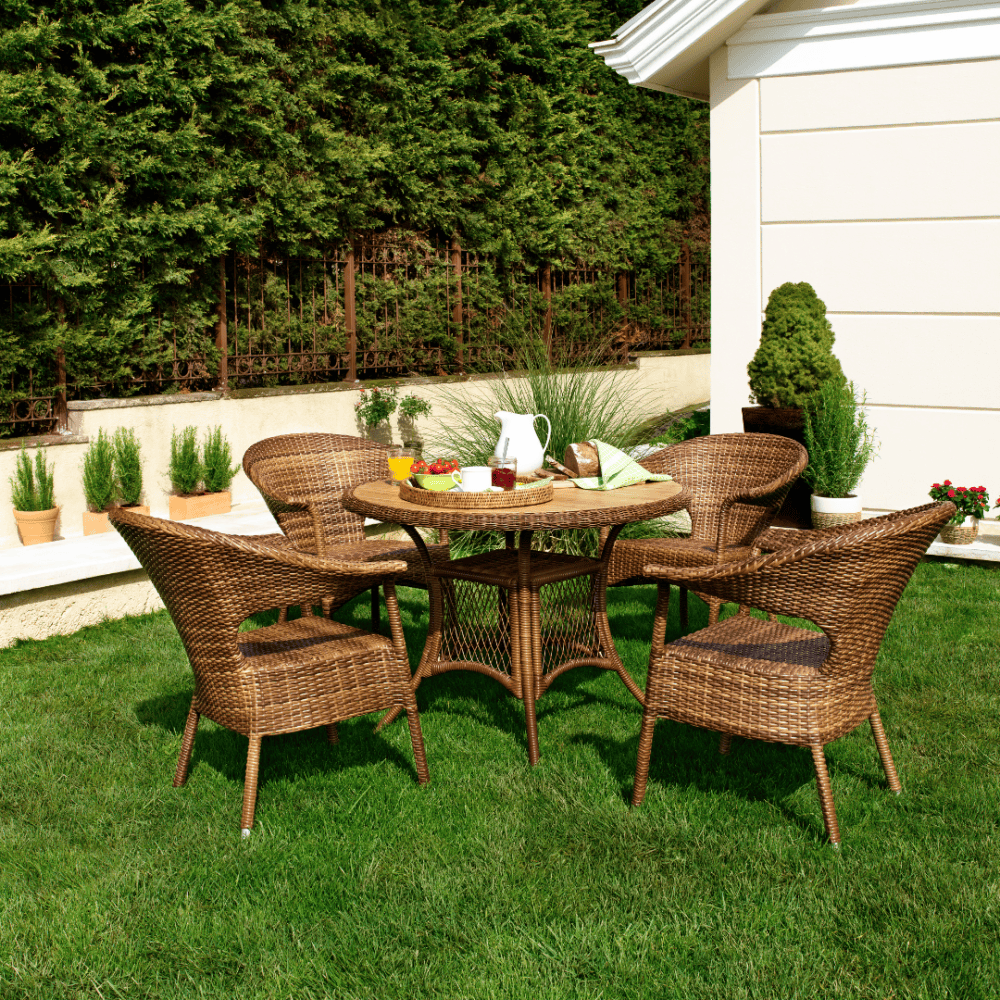
When decorating your outdoor space, there’s nothing quite like seaside garden furniture. This style of decor combines the beauty of natural materials with the relaxed atmosphere of the beach. Whether you live near the ocean or just want to create a coastal vibe in your backyard, seaside garden furniture can help.
One popular material and perfect choice for a seaside garden furniture is teak wood. This durable hardwood is ideal for a coastal garden, resistant to water and insects so making it ideal for outdoor use. Teak furniture often has a classic, nautical look that complements other seaside decor elements like blue and white stripes or shell motifs. Another option for seaside garden furniture is wicker or rattan. These lightweight materials are perfect for creating a laid-back beachy feel on your patio or deck. Look for pieces with airy weaves and natural finishes that will blend seamlessly with your surroundings.
Create a tranquil oasis by the sea
Are you tired of being cooped up inside your home all day long? Do you want to create a peaceful haven where you can escape the hustle and bustle of everyday life? Look no further than a seaside garden. With its serene atmosphere and calming backdrop of the ocean, a seaside garden will provide the perfect retreat for relaxation.
To create your own tranquil oasis by the sea, start by selecting plants like grasses or lavender, rosemary, and heather are also a great options to add color and fragrance to your garden. Incorporating natural elements like rocks or driftwood will give your space an organic feel. Utilize soft lighting to enhance the ambience during evening hours. When designing your seaside garden, consider incorporating a seating area in a position that you can sit back and just enjoy nature’s beauty.
Conclusion
A seaside garden is not only a beautiful addition to any home, but it also offers numerous benefits for both the environment and the homeowner. From attracting pollinators to providing a peaceful retreat, there are endless possibilities for creating a stunning oasis by the sea. By selecting plants that are adapted to the salty coastal air and using sustainable gardening practices, you can create a thriving ecosystem while reducing your environmental impact. Don’t hesitate to start planning your own seaside garden today and enjoy all that nature has to offer and to protect our planet by creating beautiful outdoor spaces for generations to come.

